After 50 years, the future beckons for the Cultural Center of the Philippines


For many Filipinos, their first formal introduction to the arts as an audience may have transpired at the Main Theater of the Cultural Center of the Philippines, which has recently marked its golden anniversary. They may have climbed the curving steps leading to the lobby, where they would be greeted by the shimmering chandeliers in the lobby and a breathtaking view of the fountain and the rim of the city beyond.
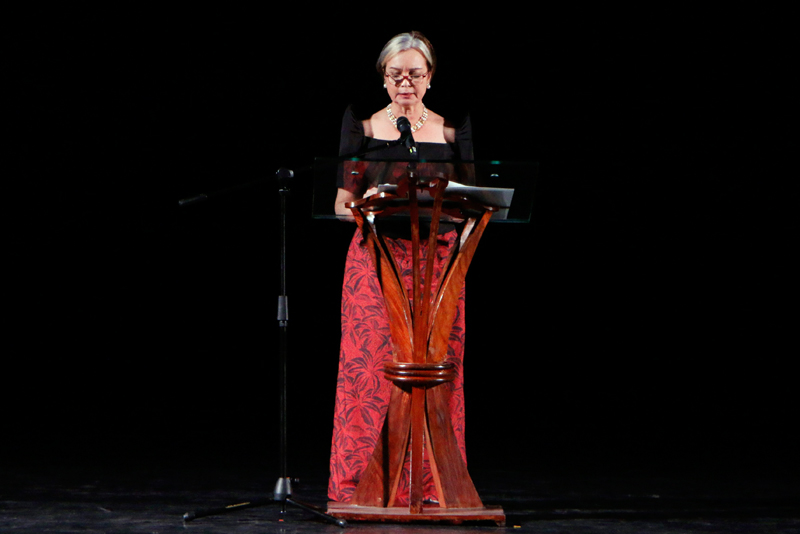
Inside the theater, they may have gazed at the tapestry after the work, Creation, by National Artist H.R. Ocampo, before partaking in the magic of whatever it was on the stage: a dance recital, an orchestra performance, a showcase of an independent film.
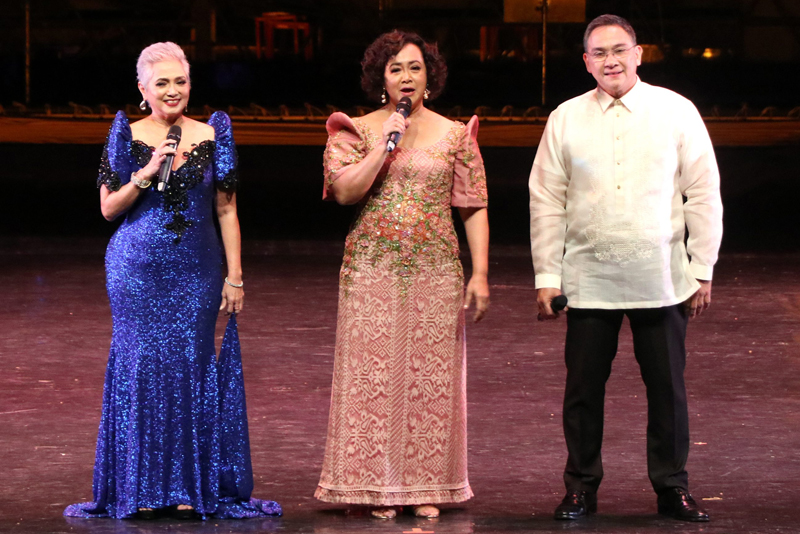
As the country’s premier arts institution, CCP’s contribution to the development of the Filipino talent, imagination, and sensibility is incontestable as it reckons with its difficult history. Perhaps, even the most vocal of critics would agree: arts and culture is unimaginable without it. Though its power and reach lie beyond its edifices, it calls the Main Building as its home, which also marks its 50th year. Half-a-century is a long time for any building, especially one that is constantly used for performances almost daily and welcomes thousands of visitors each week.
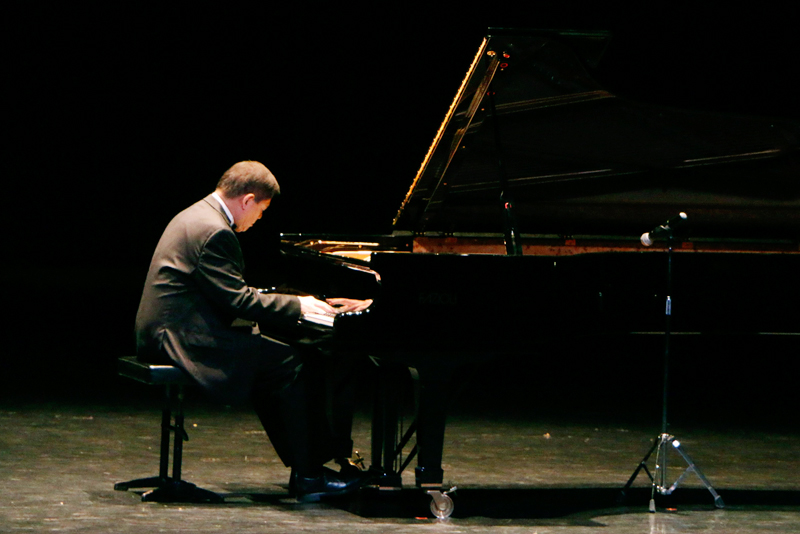
“Our home needs some major TLC (tender loving care),” stated CCP chairperson Margie Moran-Floreindo during “Bulawan: CCP 50th Anniversary Concert,” a two-night event that featured a medley of performances from its resident companies and some of the best local and international performers. “The Main Building is now in need of major renovation and technical upgrading, if it is to remain a cultural landmark and a leading showcase of the performing arts.”
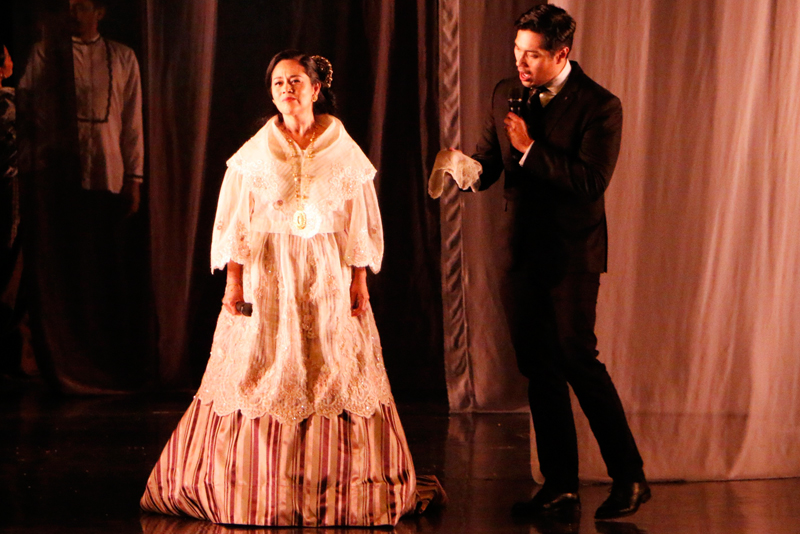
In the next five years, the CCP management hopes to raise P1 billion “in cash, supplies, and services” earmarked for structural renovations, purchase of new art lighting and sound equipment, upgrade of fire systems, installation of security systems, and rehabilitation of the hydraulic system for the main theater’s orchestra pit, among others. The Leandro Locsin-designed building may still look formidable, but some of its issues are not immediately visible.
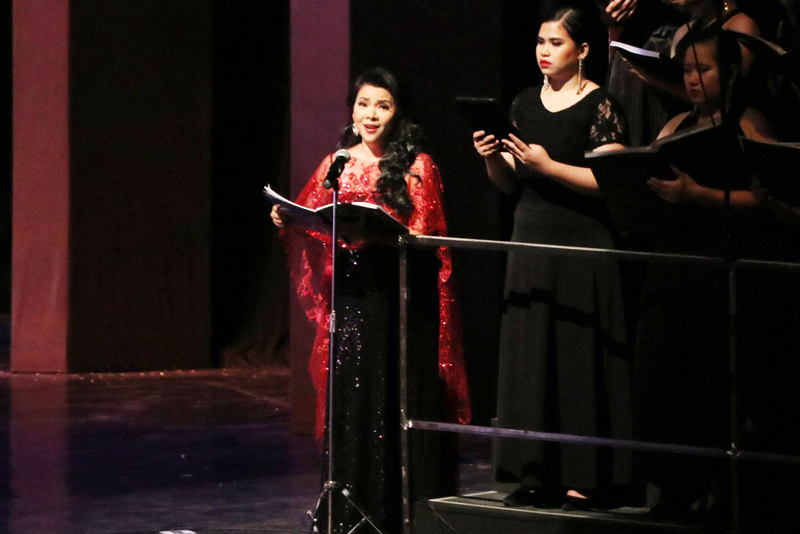
“We have the most talented artists, and they need the best facilities we can provide, said Moran-Floreindo. “The renovation projects aims to provide the best facility for the production and presentation of performing arts and visual arts in the Philippines. With the facility upgrades, we hope to provide enhanced performing arts experience, pleasing both the artists—local and international alike—and the audiences.”

Kicking off this initiative was “Bulawan,” whose first night welcomed patrons to contribute much-needed funds. (The second night was a “people’s gala,” which offered tickets for as low as P50). Directed by and designed by Loy Arcenas, the showcase was split into two acts, with the first part revolving around the development of the Filipino identity through centuries, while the second shined a spotlight on the Filipino talent the world stage and with international collaborations.

“Bulawan” was proof positive of how CCP has immensely contributed to the national patrimony with the dazzling performances of the companies it has taken under its wing: Ballet Philippines, Bayanihan Philippine National Folk Dance Company, National Music Competitions for Young Artists, Philippine Madrigal Singers, Ramon Obusan Folkloric Group, Tanghalang Pilipino, UST Symphony Orchestra, and the Philippine Philharmonic Orchestra.
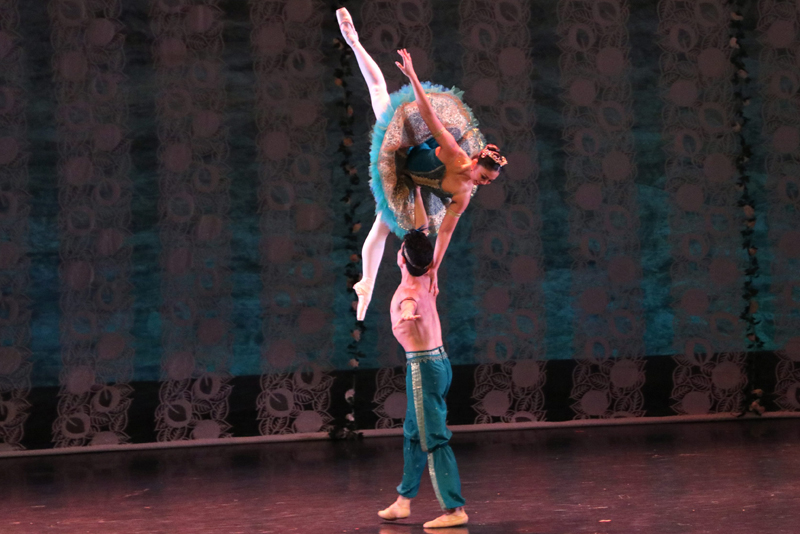
Individual performances were by pianist and former CCP president Raul Sunico who played “Liebestod” and “Hanggang sa Dulo ng Walang Hanggan” and by Joanna Ampil, who sang musical hits from West End gave an intimate feel to the event. One of the highlights of the night was the elegant piece by Candice Adea and Julio Blanes, who danced to “Le Corsaire.” Accompanied by the Madrigal Singers and Madzetal choirs, Rachelle Gerodias and Byeong In Park delivered a soaring interpretation of “Carmina Burana” as members of Ballet Philippines set the stage ablaze with their mesmerizing movements.
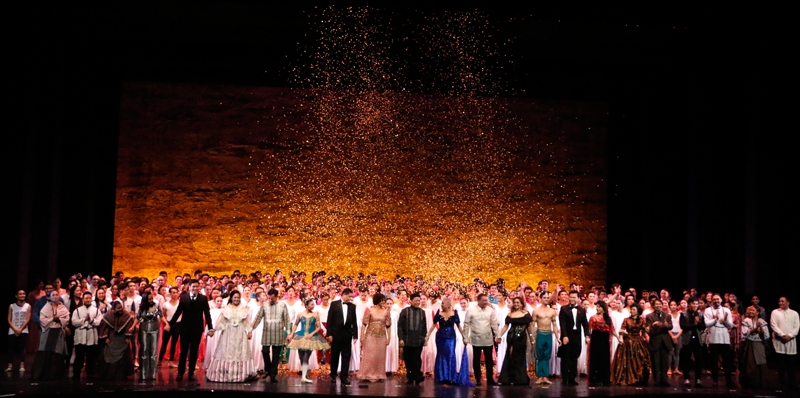
If “Bulawan” was a good argument for people’s continued support of the CCP, as it anticipates a future in which arts and culture become more accessible and relevant to people. Unfortunately, audio bursts interrupted some of the performances which made Celeste Legaspi, one of the night’s hosts, to quip: “This is why we need to raise funds.” The next 50 years of the Cultural Center of the Philippines is an exciting prospect as it enters its next stage as the Grand Dame of Philippine Arts.



















